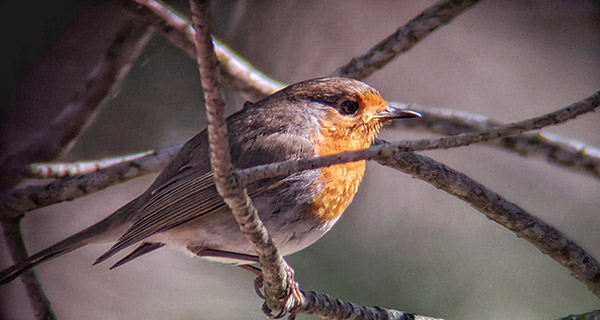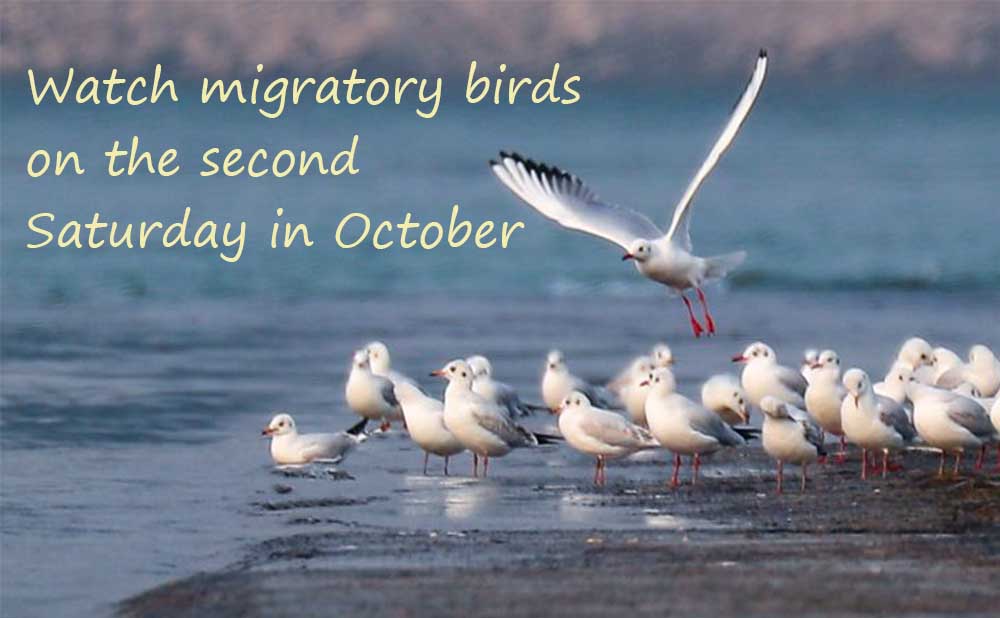What are you looking for?
Fourth Week- European Robin
Fourth Week- European Robin
- Posted by:Belle
- 0 Comments
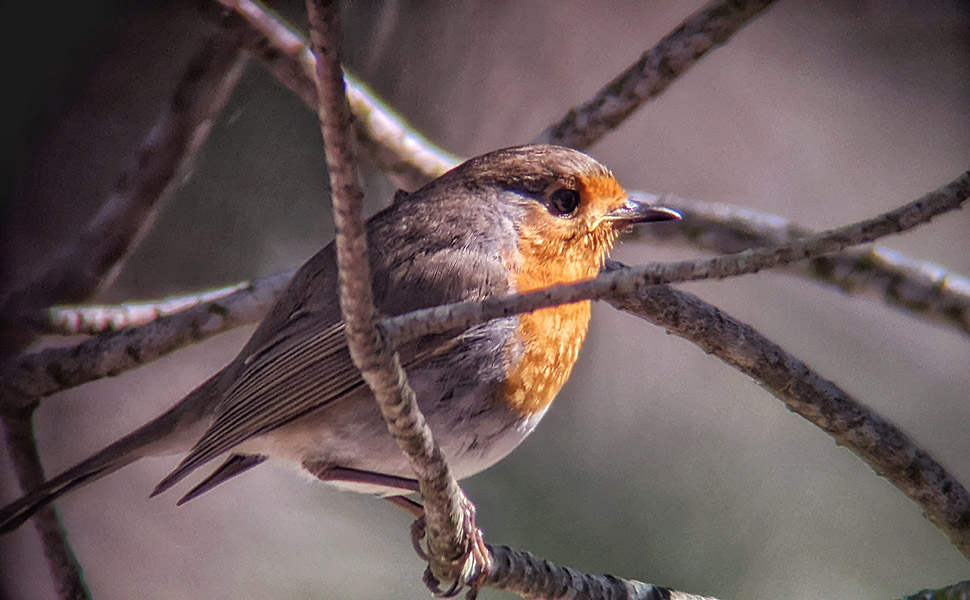
Have you read the novel To Kill A Mockingbird? This week we are going to know the European Robin.
It is about 12.5–14.0 cm (4.9–5.5 in) in length, the male and female are similar in colouration, with an orange breast and face lined with grey, brown upper-parts and a whitish belly. It is found across Europe, east to Western Siberia and south to North Africa; it is sedentary in most of its range except the far north.
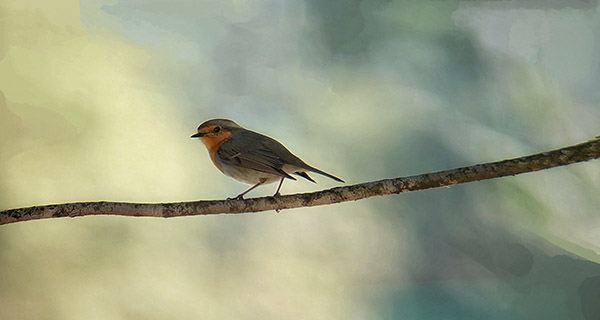
The robin occurs in Eurasia east to Western Siberia, south to Algeria, and on the Atlantic islands as far west as the Central Group of the Azores and Madeira. It is a vagrant in Iceland. In the southeast, it reaches Iran the Caucasus range. Irish and British robins are largely resident but a small minority, usually female, migrate to southern Europe during winter, a few as far as Spain. Scandinavian and Russian robins migrate to Britain and western Europe to escape the harsher winters. These migrants can be recognized by the greyer tone of the upper parts of their bodies and duller orange breasts. The European robin prefers spruce woods in northern Europe, contrasting with its preference for parks and gardens in Great Britain.
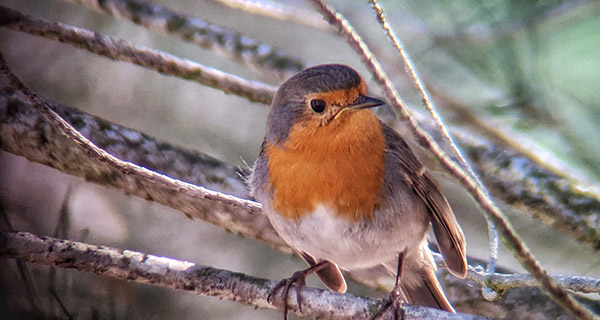
It is relatively unafraid of people and drawn to human activities involving the digging of soil, in order to look out for earthworms and other food freshly turned up. The robin is considered to be a gardener's friend, and, for various folklore reasons, the robin would never be harmed. In continental Europe, on the other hand, robins were hunted and killed as with most other small birds, and are warier.
